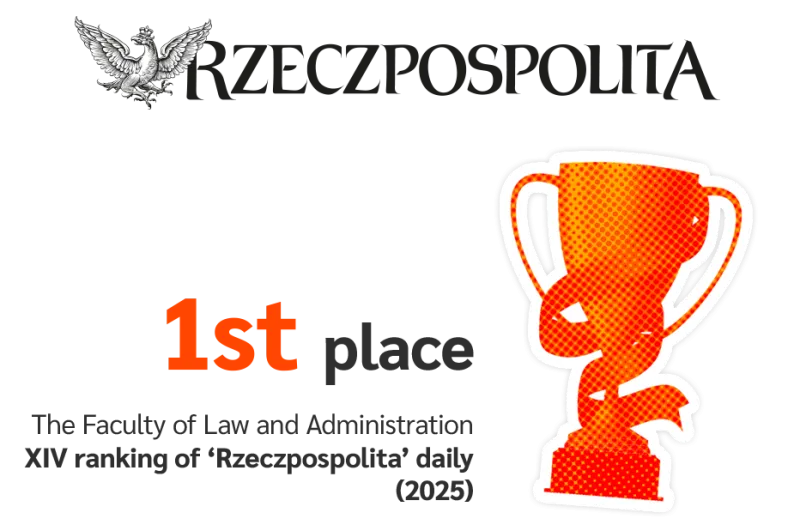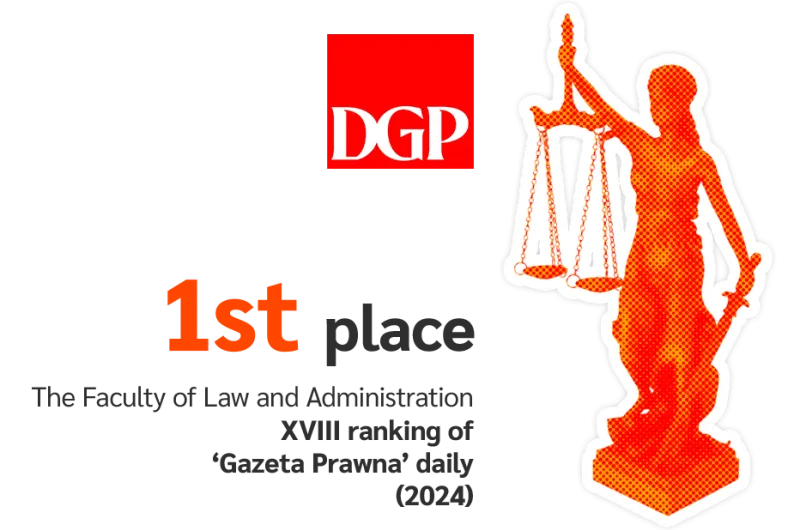During the summer recess our books were classified according to Library of Congress Classification (LCC). Previously they had been arranged alphabetically (according to the authors' names or titles) within broad areas, like Economics or Law. The basic feature of the new arrangement is thematic ordering. This is how our users, having found a single book in the catalogue, can eventually locate similar works next to it on the shelf. The books are located according to their call numbers – symbols, which code the contents of the work and the name of the author. Two different books never receive identical call numbers, and the call numbers neighbouring on the stacks are reflecting the related subject matter. So, for instance, QM means human anatomy, but QM835 means blood vessels, and QM838 means heart.
What has this undertaking meant for the Library team? We assigned ca. 30,000 books their call numbers (in most cases importing them from the other libraries, but in many books – especially when it came to rare Polish and East European publications – we were the first to create classification). After that we printed and pasted new labels on book spines. The call numbers you can see in the catalogue under Location. In the record details they are referred to as Classification. Ale the classified books had to be shelved in new locations.
The Library offers materials explaining how to order books or locate them in the Reading Room, that is – how to retrieve them using the new call numbers. Naturally it is a basic routine to go into aisles with the call number from the catalogue. However, we can also identify narrow groups, within which we have already located materials or which were suggested to us by a librarian. Please talk to us if you have questions or find the system difficult to use.
Library of Congress Classification was developed in the first half of the 20th century and added momentum to the open stacks trend in libraries in its second half. It is used in most American academic libraries. We also see it in many other countries. In Poland – in university libraries in Warsaw, Łodź and Wrocław. Please take a look at the Classification outline.




